Home>Furniture & Design>Interior Design Trends>How To Identify Carnival Glass
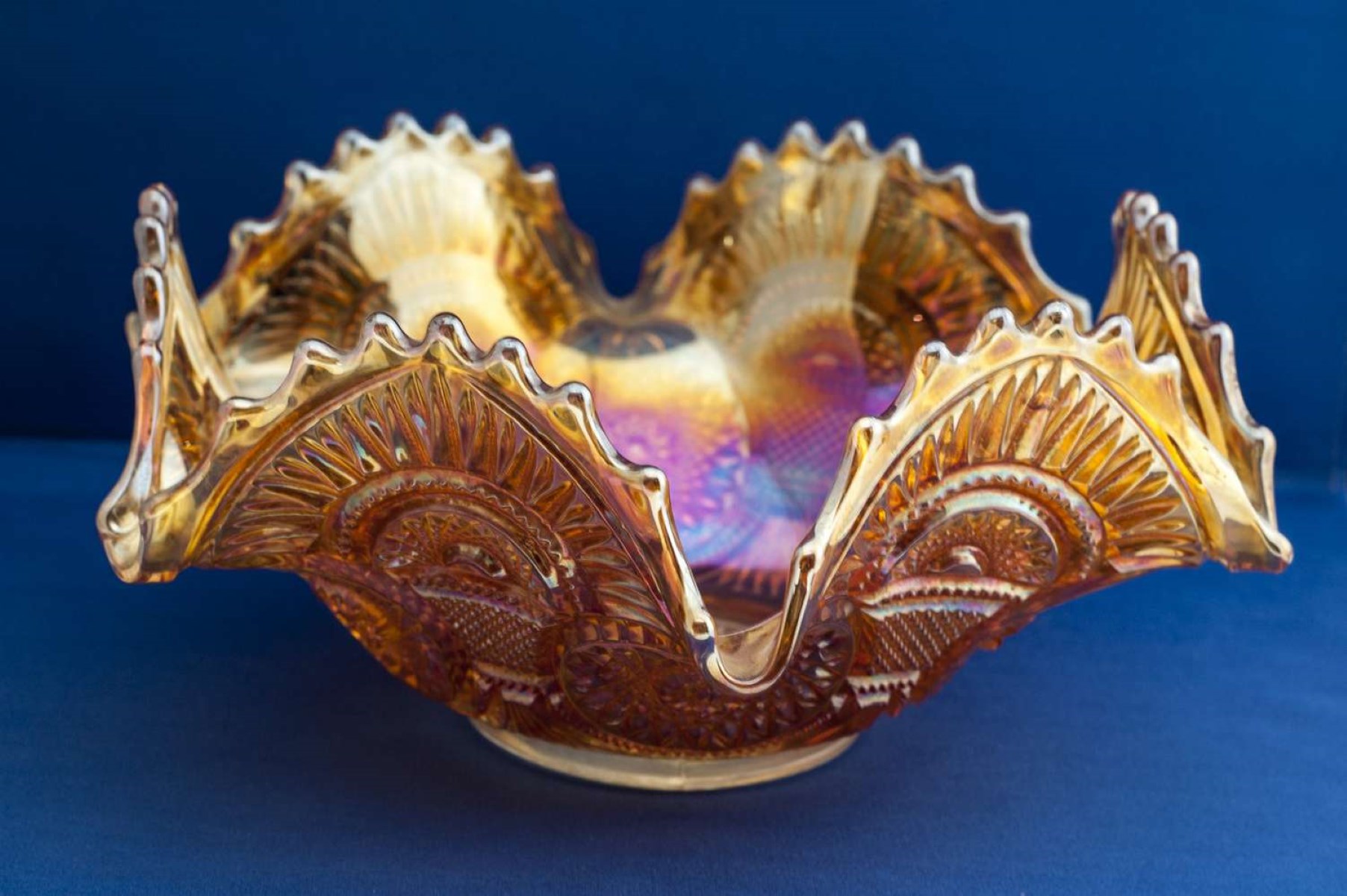

Interior Design Trends
How To Identify Carnival Glass
Modified: April 22, 2024
Learn how to identify carnival glass and stay updated on the latest interior design trends with our expert tips and advice. Discover the beauty of carnival glass and its place in modern interior design.
(Many of the links in this article redirect to a specific reviewed product. Your purchase of these products through affiliate links helps to generate commission for Storables.com, at no extra cost. Learn more)
What is Carnival Glass?
Carnival glass, also known as "poor man's Tiffany," is a type of iridescent glass that gained popularity in the early 20th century. It was initially introduced as a low-cost alternative to the more expensive art glass produced by companies like Tiffany and Steuben. Carnival glass is characterized by its vibrant, shimmering surface, which reflects a myriad of colors when exposed to light.
This exquisite glassware was first produced in the United States around 1907, with its peak of popularity occurring during the 1920s. Its name, "carnival glass," is derived from the fact that it was often given away as prizes at carnivals, fairs, and other events. The glass was manufactured in a wide array of colors and patterns, making it a sought-after collectible item for enthusiasts and antique lovers.
Carnival glass is distinguishable by its iridized surface, which gives it a distinctive rainbow-like sheen. This effect is achieved through a process of spraying the hot glass with metallic salts while it is still in its molten state. The glass is then reheated, allowing the salts to bond with the surface and create the iridescent finish. This technique results in a stunning interplay of colors, ranging from deep blues and purples to fiery oranges and reds, depending on the angle of light and the base color of the glass.
The intricate patterns and designs found on carnival glass pieces are another hallmark of this art form. These patterns often feature motifs such as flowers, fruits, geometric shapes, and intricate scrolls, adding to the allure of the glassware. The combination of iridescence and intricate patterns makes carnival glass a captivating and visually stunning collectible.
In summary, carnival glass is a unique and beautiful type of iridescent glassware that emerged as an affordable alternative to high-end art glass. Its shimmering, multicolored surface and intricate patterns have made it a beloved and highly sought-after collectible, cherished by enthusiasts and collectors around the world.
Key Takeaways:
- Carnival glass is a shimmering, iridescent type of glassware with vibrant colors and intricate patterns. It emerged as an affordable alternative to high-end art glass, making it a beloved collectible for enthusiasts and antique lovers.
- Identifying carnival glass involves studying its iridescence, exploring intricate patterns, examining vibrant colors, seeking maker’s marks, and consulting reference materials. This captivating pursuit allows enthusiasts to appreciate the timeless allure of carnival glass.
Read more: What Is Carnival Glass
Characteristics of Carnival Glass
Carnival glass is renowned for its distinctive characteristics, making it a beloved and sought-after collectible. The defining features of carnival glass contribute to its allure and appeal to collectors and enthusiasts worldwide.
Iridized Surface: The hallmark of carnival glass is its iridescent surface, which sets it apart from other types of glassware. This iridescence is achieved through a meticulous process of applying metallic salts to the hot glass, resulting in a stunning rainbow-like sheen. When exposed to light, carnival glass exhibits a mesmerizing interplay of colors, ranging from rich blues and purples to fiery oranges and reds. This iridized surface gives carnival glass its enchanting and captivating visual appeal.
Intricate Patterns: Carnival glass is adorned with a diverse array of intricate patterns and designs, adding to its charm and desirability. These patterns often feature motifs such as flowers, fruits, geometric shapes, and elaborate scrolls, showcasing the artistry and craftsmanship of the glassmakers. The intricate detailing on carnival glass pieces enhances their visual impact, making them a delight to behold and a testament to the skill and creativity of the artisans who crafted them.
Variety of Shapes and Forms: Carnival glass is available in a wide range of shapes and forms, including bowls, vases, plates, pitchers, and more. This diversity in shapes and forms allows collectors to curate a varied and captivating collection, showcasing the versatility and beauty of carnival glass. Each piece, whether it be a delicate vase or a ornate bowl, embodies the timeless elegance and allure of carnival glass, making it a versatile and cherished addition to any collection.
Vibrant Colors: The vibrant and diverse color palette of carnival glass further contributes to its appeal and desirability. From deep amethyst and cobalt blue to radiant amber and emerald green, carnival glass is available in a myriad of captivating hues. The combination of iridescence and vibrant colors creates a visual spectacle, captivating the beholder and adding a touch of opulence to any setting.
In essence, the characteristics of carnival glass, including its iridized surface, intricate patterns, variety of shapes, and vibrant colors, collectively contribute to its timeless allure and enduring popularity among collectors and enthusiasts. Each piece of carnival glass embodies a rich legacy of artistry and craftsmanship, making it a cherished and captivating addition to any collection.
Identifying Carnival Glass Patterns
Identifying carnival glass patterns is a captivating endeavor that allows enthusiasts to delve into the rich tapestry of designs adorning these exquisite glass pieces. The intricate patterns found on carnival glass reflect the artistry and creativity of the glassmakers, making each piece a testament to their skill and craftsmanship.
One of the most iconic carnival glass patterns is the "Peacock Tail" pattern, characterized by its striking resemblance to the iridescent plumage of a peacock. This pattern features elaborate, sweeping arcs and eye-catching motifs that evoke the majestic beauty of the peacock's tail. The vibrant iridescence of carnival glass further enhances the allure of the "Peacock Tail" pattern, creating a mesmerizing display of colors and shapes.
Another beloved carnival glass pattern is the "Three Fruits" motif, which showcases intricately detailed depictions of three different fruits, often grapes, cherries, and pears. The meticulous rendering of these fruits, combined with the iridescent backdrop, creates a visually stunning and vibrant pattern that captures the essence of abundance and natural beauty.
The "Stippled Rays" pattern is renowned for its intricate geometric design, featuring a radiant sunburst motif surrounded by delicate stippling. This pattern exudes a sense of dynamism and energy, with the interplay of light and shadow accentuating its captivating visual impact. The iridized surface of carnival glass enhances the depth and dimension of the "Stippled Rays" pattern, creating a mesmerizing interplay of colors and textures.
In addition to these iconic patterns, carnival glass enthusiasts may encounter a myriad of other designs, including floral motifs, geometric patterns, and intricate scrolls. Each pattern reflects a unique artistic vision and showcases the diverse creativity of the glassmakers who crafted these timeless pieces.
Identifying carnival glass patterns is a rewarding pursuit that allows collectors and enthusiasts to appreciate the artistry and diversity of these exquisite glassware. Whether admiring the graceful curves of the "Peacock Tail" pattern or marveling at the intricate detailing of the "Three Fruits" motif, the exploration of carnival glass patterns offers a glimpse into a world of timeless beauty and artistic expression.
Look for the iridescent sheen, intricate patterns, and unique shapes. Hold it up to the light to see the colors change. Check for a maker’s mark on the bottom.
Identifying Carnival Glass Colors
Identifying carnival glass colors is a captivating pursuit that allows enthusiasts to explore the diverse and vibrant spectrum of hues showcased in these exquisite glass pieces. Carnival glass is renowned for its iridescent surface, which reflects a myriad of colors when exposed to light, creating a mesmerizing visual display. The diverse range of colors found in carnival glass adds depth and character to each piece, making it a captivating and sought-after collectible.
One of the most iconic carnival glass colors is the rich and regal amethyst, which exudes a deep and enchanting purple hue. Amethyst carnival glass captivates the beholder with its royal allure, evoking a sense of opulence and elegance. The iridescence of amethyst carnival glass enhances its depth and richness, creating a captivating interplay of purple, blue, and magenta tones that dance across the surface.
Another beloved carnival glass color is the radiant and luminous cobalt blue, which embodies a sense of timeless beauty and sophistication. Cobalt blue carnival glass captivates the eye with its deep and vibrant hue, evoking a sense of tranquility and serenity. When illuminated, the iridized surface of cobalt blue carnival glass reveals a stunning array of blue, green, and teal tones, creating a captivating visual spectacle.
The fiery and captivating hues of carnival glass also include radiant amber and emerald green, each exuding its own unique charm and allure. Amber carnival glass showcases warm and golden tones, reminiscent of a sunlit afternoon, while emerald green carnival glass captivates with its lush and vibrant green hues, evoking a sense of natural beauty and vitality. The iridescence of these colors adds depth and dimension, creating a captivating display of light and color.
In addition to these iconic colors, carnival glass enthusiasts may encounter a diverse array of hues, including ruby red, sapphire blue, and topaz, each offering its own unique visual impact and allure. The interplay of iridescence and vibrant colors makes identifying carnival glass colors a captivating and visually rewarding endeavor, allowing collectors and enthusiasts to appreciate the diverse and enchanting palette showcased in these timeless pieces.
In essence, identifying carnival glass colors offers a glimpse into a world of vibrant and captivating hues, each contributing to the timeless allure and enduring popularity of carnival glass. Whether admiring the regal allure of amethyst or the tranquil beauty of cobalt blue, the exploration of carnival glass colors reveals a rich tapestry of visual splendor and artistic expression.
Identifying Carnival Glass Makers
Identifying carnival glass makers is a fascinating pursuit that allows enthusiasts to delve into the rich history and legacy of the artisans who crafted these exquisite glass pieces. The world of carnival glass is adorned with the marks and signatures of renowned glassmakers, each bearing the distinctive imprint of their craftsmanship and artistry.
One of the most iconic carnival glass makers is the Fenton Art Glass Company, renowned for its pioneering contributions to the art of iridescent glassware. Fenton's carnival glass pieces are distinguished by their intricate patterns, vibrant colors, and impeccable craftsmanship, reflecting the company's dedication to producing high-quality and visually captivating glassware. The presence of the Fenton mark or logo on carnival glass pieces signifies a legacy of artistry and innovation, making them highly sought-after by collectors and enthusiasts.
Another prominent carnival glass maker is the Northwood Glass Company, celebrated for its exquisite designs and meticulous attention to detail. Northwood's carnival glass pieces often feature intricate patterns such as the "Grape and Cable" motif, showcasing the company's commitment to creating timeless and visually stunning glassware. The presence of the Northwood mark or signature on carnival glass pieces serves as a testament to the company's enduring legacy and the enduring appeal of its creations.
In addition to Fenton and Northwood, other notable carnival glass makers include Imperial Glass, Dugan Glass, and Millersburg Glass, each contributing to the rich tapestry of carnival glass with their unique styles and artistic vision. The marks and signatures of these esteemed glassmakers serve as a hallmark of quality and craftsmanship, allowing collectors and enthusiasts to trace the lineage of carnival glass pieces and appreciate the diverse contributions of these renowned artisans.
Identifying carnival glass makers offers a captivating glimpse into the world of glassmaking, allowing enthusiasts to uncover the stories and legacies behind each piece of iridescent glassware. Whether admiring the intricate patterns of a Fenton creation or marveling at the timeless elegance of a Northwood masterpiece, the exploration of carnival glass makers unveils a rich tapestry of artistry and craftsmanship, each bearing the indelible mark of its creator.
Read more: How To Clean Carnival Glass
Tips for Identifying Carnival Glass
Identifying carnival glass requires a keen eye for detail and an appreciation for the unique characteristics that define this exquisite glassware. Whether you are a seasoned collector or a novice enthusiast, the following tips will guide you in discerning the hallmarks of carnival glass and unraveling its timeless allure.
-
Study the Iridescence: When identifying carnival glass, pay close attention to the iridescence that sets it apart from other types of glassware. The shimmering, rainbow-like sheen that dances across the surface of carnival glass is a defining feature. Examine the piece under different lighting conditions to observe the interplay of colors and the depth of the iridescence.
-
Explore the Patterns: Carnival glass is adorned with a diverse array of intricate patterns, each reflecting the artistry and creativity of the glassmakers. Take the time to study the motifs, such as flowers, fruits, and geometric designs, and familiarize yourself with the iconic patterns associated with renowned glassmakers. Identifying these patterns will deepen your appreciation for the craftsmanship behind each piece.
-
Examine the Colors: The vibrant and diverse color palette of carnival glass adds depth and character to each piece. Familiarize yourself with the iconic colors, such as amethyst, cobalt blue, emerald green, and amber, and learn to discern the subtle variations within each hue. The interplay of iridescence and color creates a captivating visual spectacle that is unique to carnival glass.
-
Seek Maker's Marks: Many carnival glass pieces bear the marks or signatures of renowned glassmakers, serving as a testament to their craftsmanship and legacy. Familiarize yourself with the marks associated with prominent companies such as Fenton, Northwood, Imperial, and Dugan, as well as the unique characteristics of each maker's creations. Identifying these marks will provide valuable insights into the origins of carnival glass pieces.
-
Consult Reference Materials: Utilize reference books, online resources, and collector's guides to expand your knowledge of carnival glass. These materials often feature detailed information about patterns, colors, makers, and historical context, providing invaluable guidance in identifying and appreciating carnival glass.
By incorporating these tips into your exploration of carnival glass, you will develop a discerning eye for its unique characteristics and gain a deeper understanding of its timeless allure. Whether admiring the iridescence, exploring the intricate patterns, or unraveling the stories behind maker's marks, the journey of identifying carnival glass is a rewarding and enriching pursuit.
Frequently Asked Questions about How To Identify Carnival Glass
Was this page helpful?
At Storables.com, we guarantee accurate and reliable information. Our content, validated by Expert Board Contributors, is crafted following stringent Editorial Policies. We're committed to providing you with well-researched, expert-backed insights for all your informational needs.
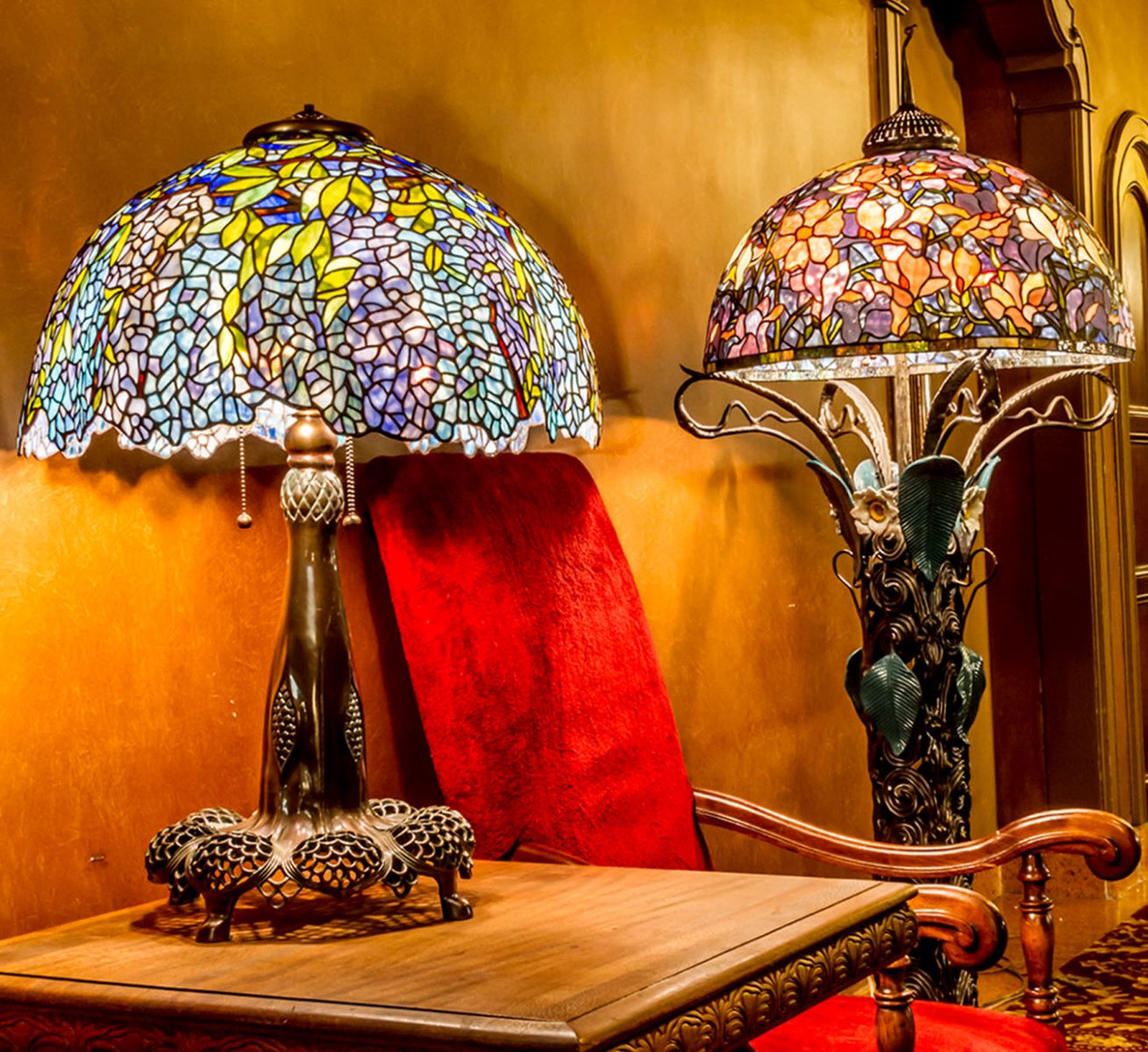
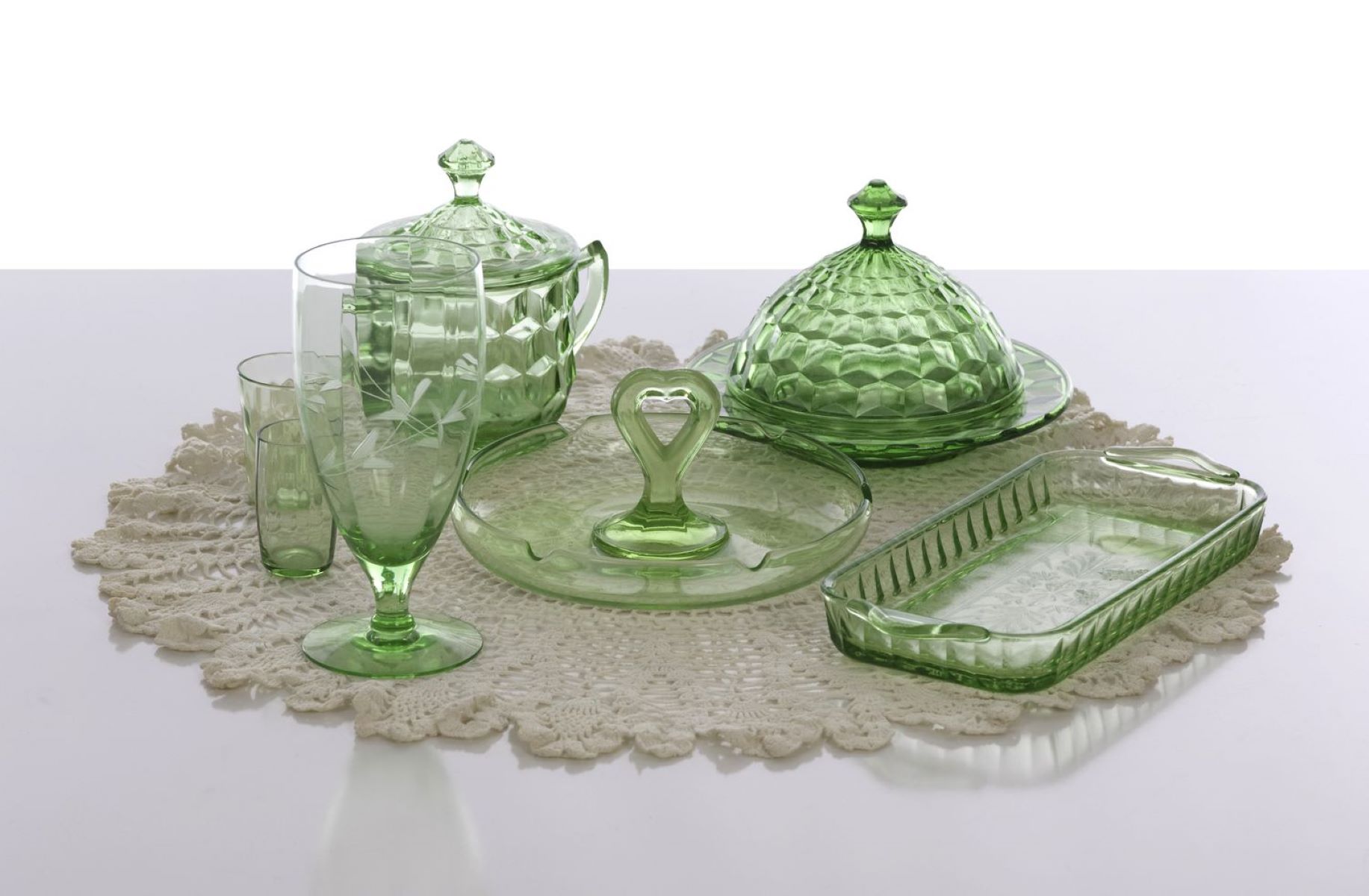
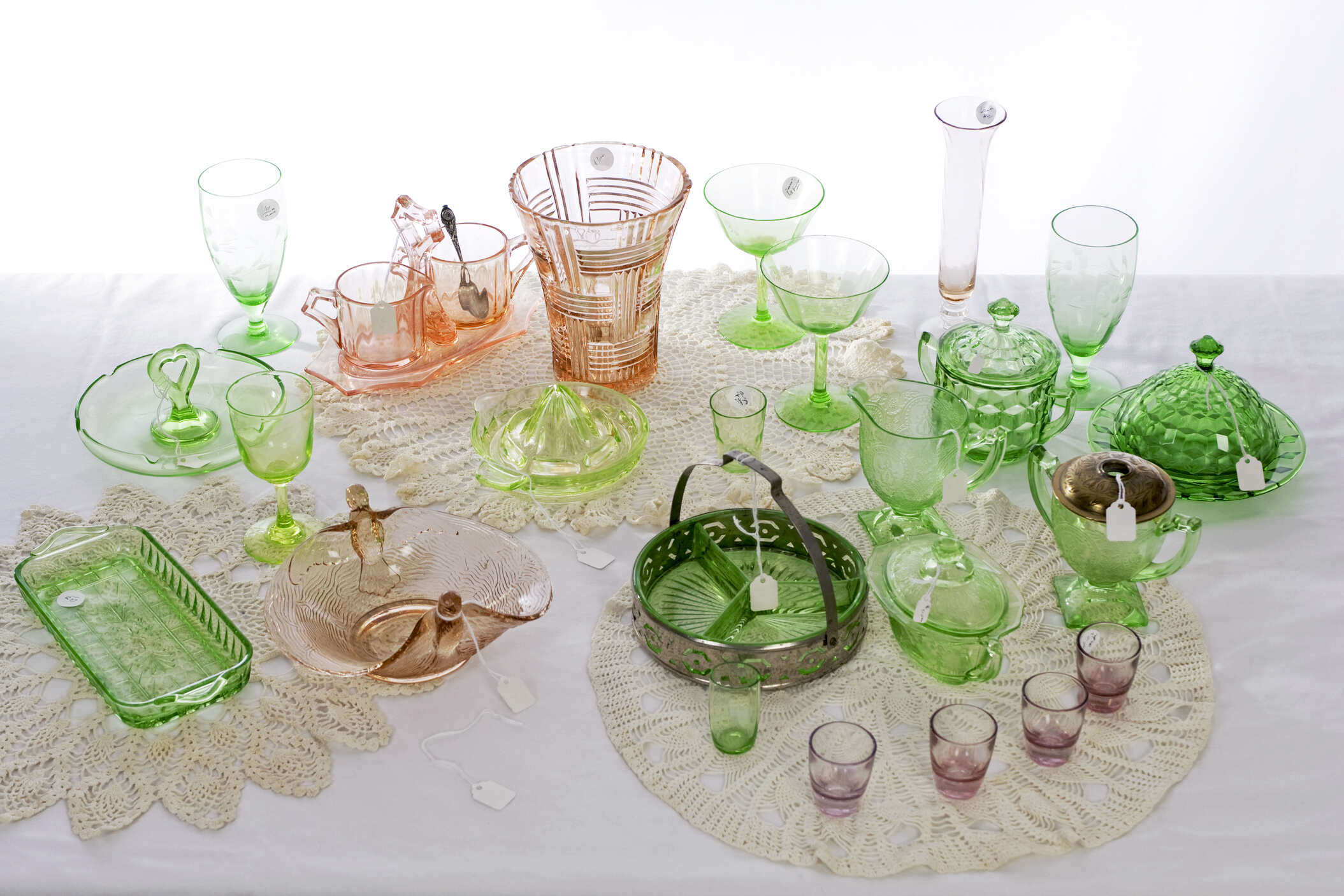
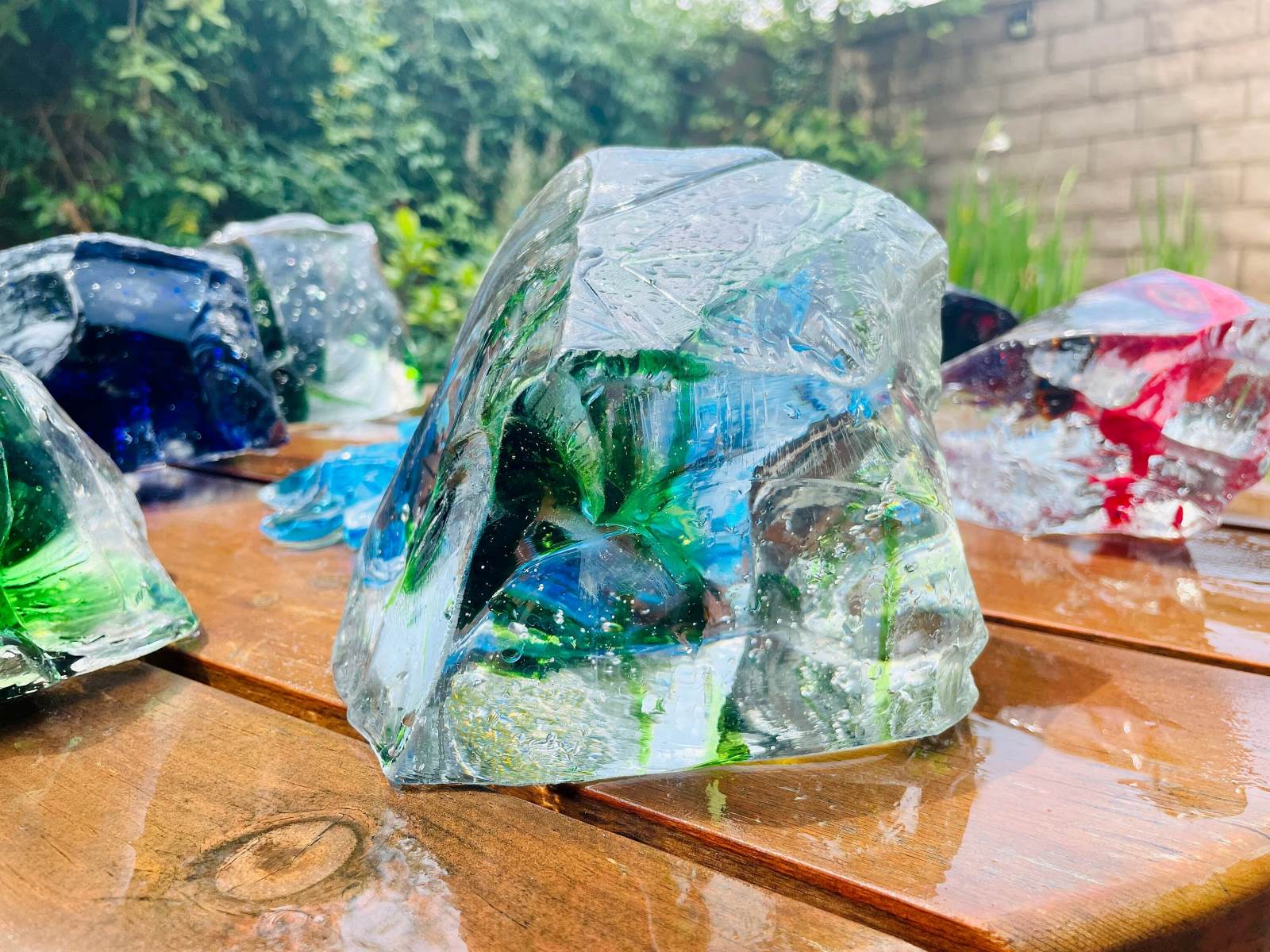
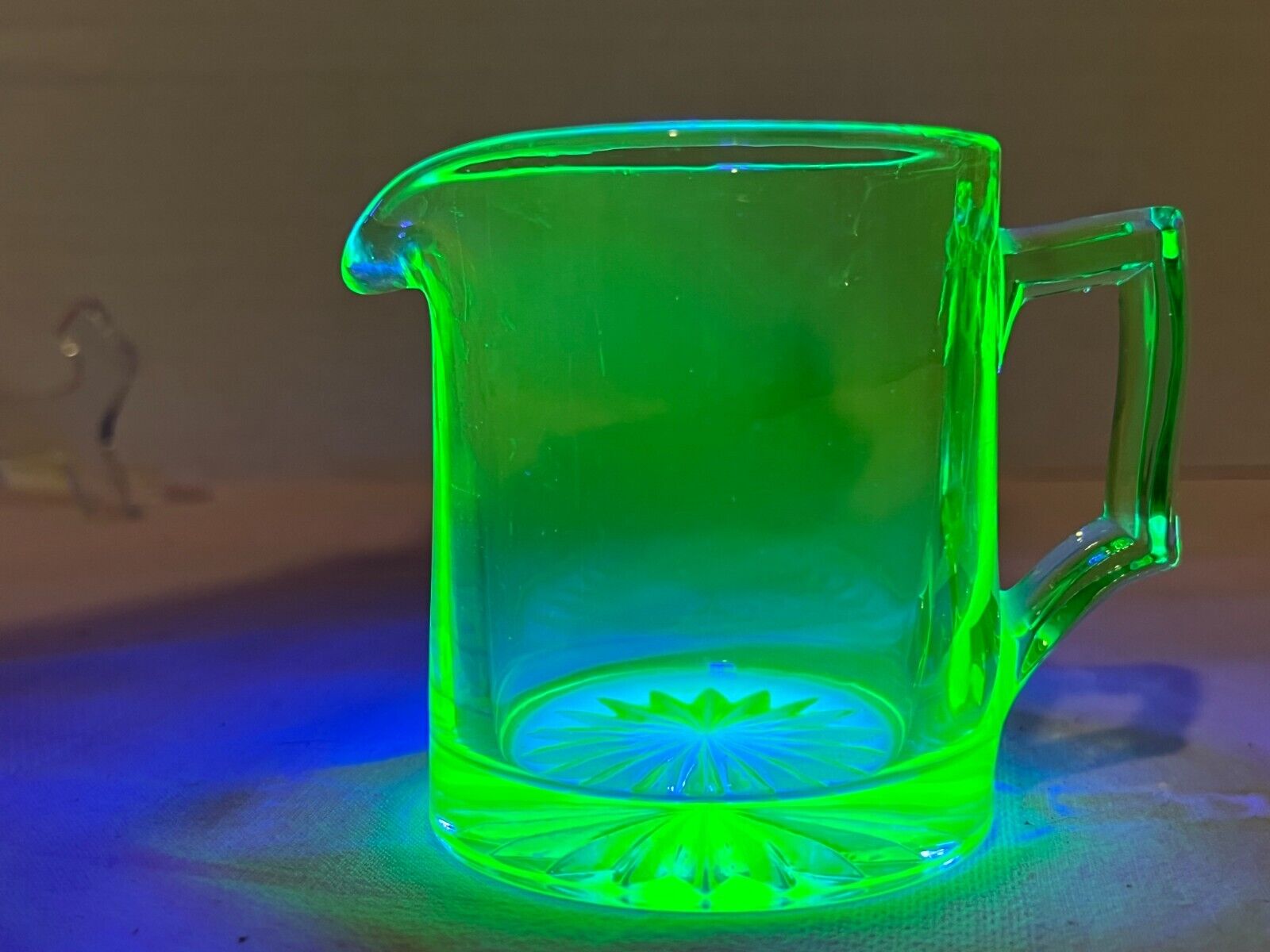
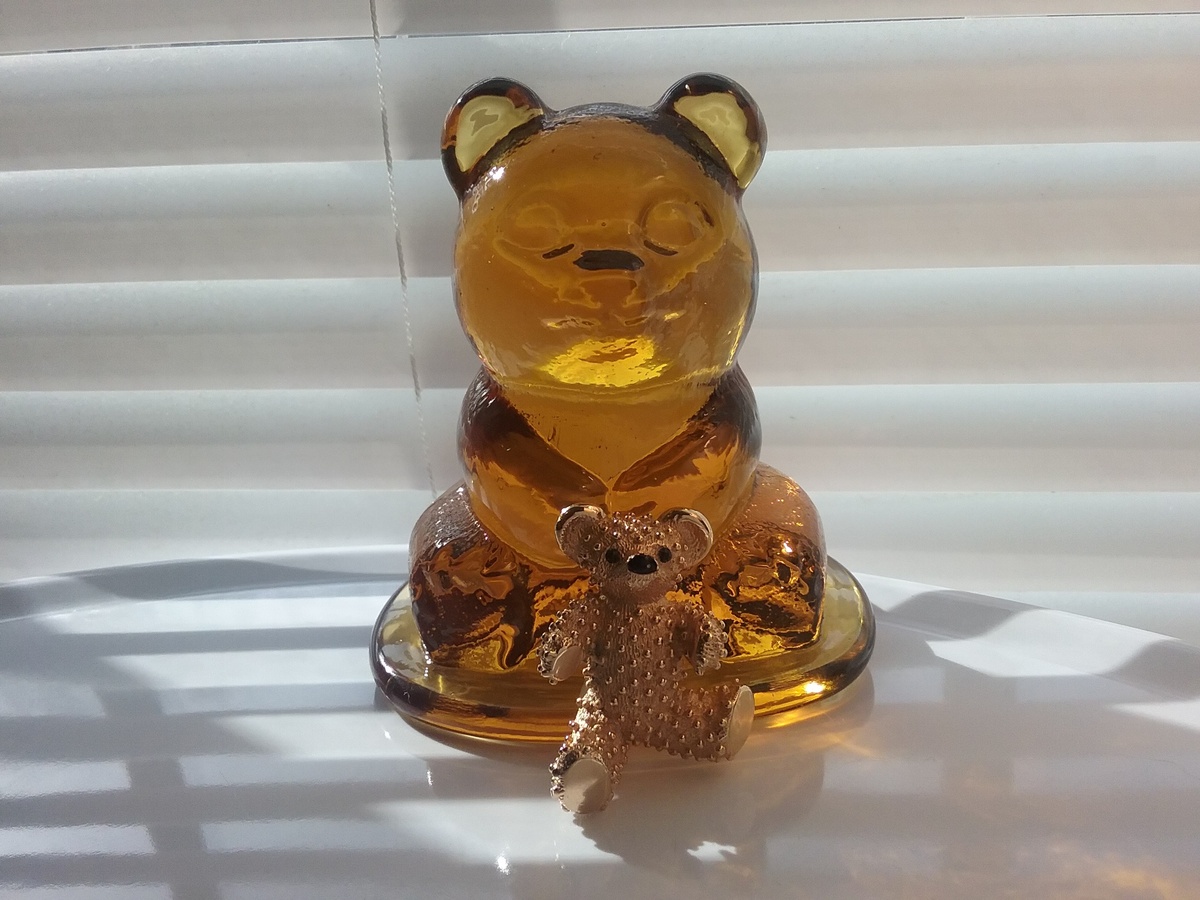
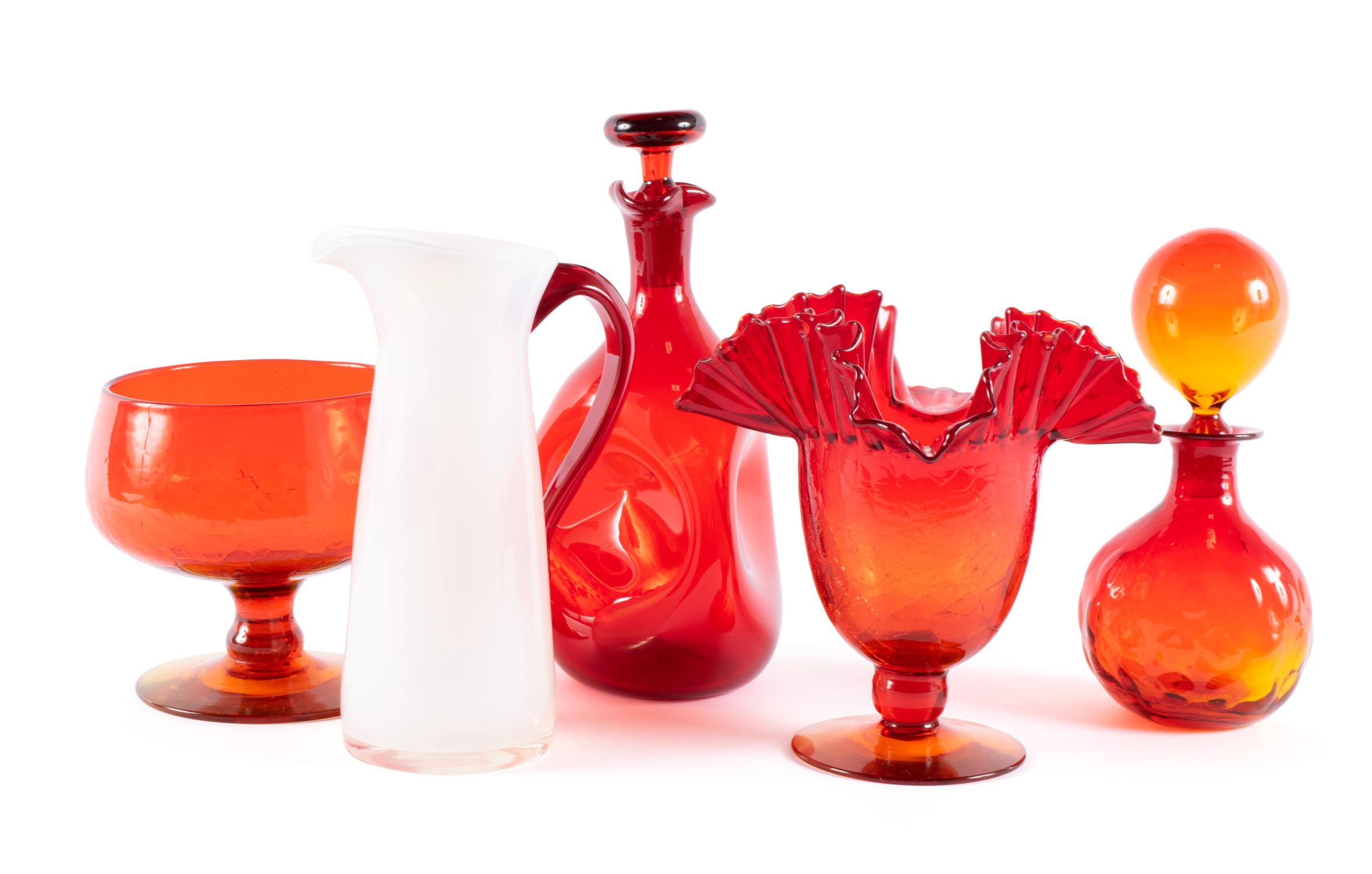
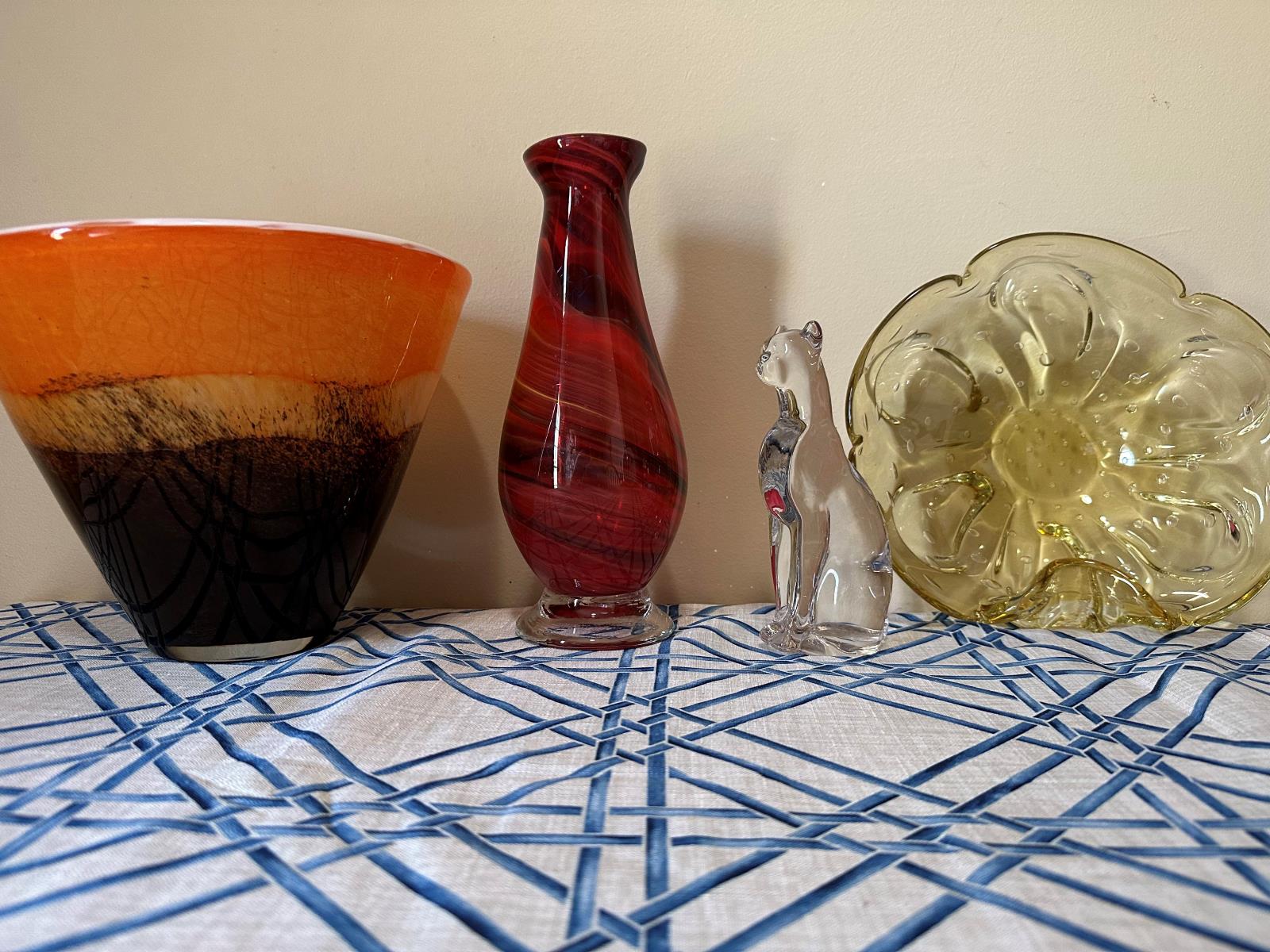
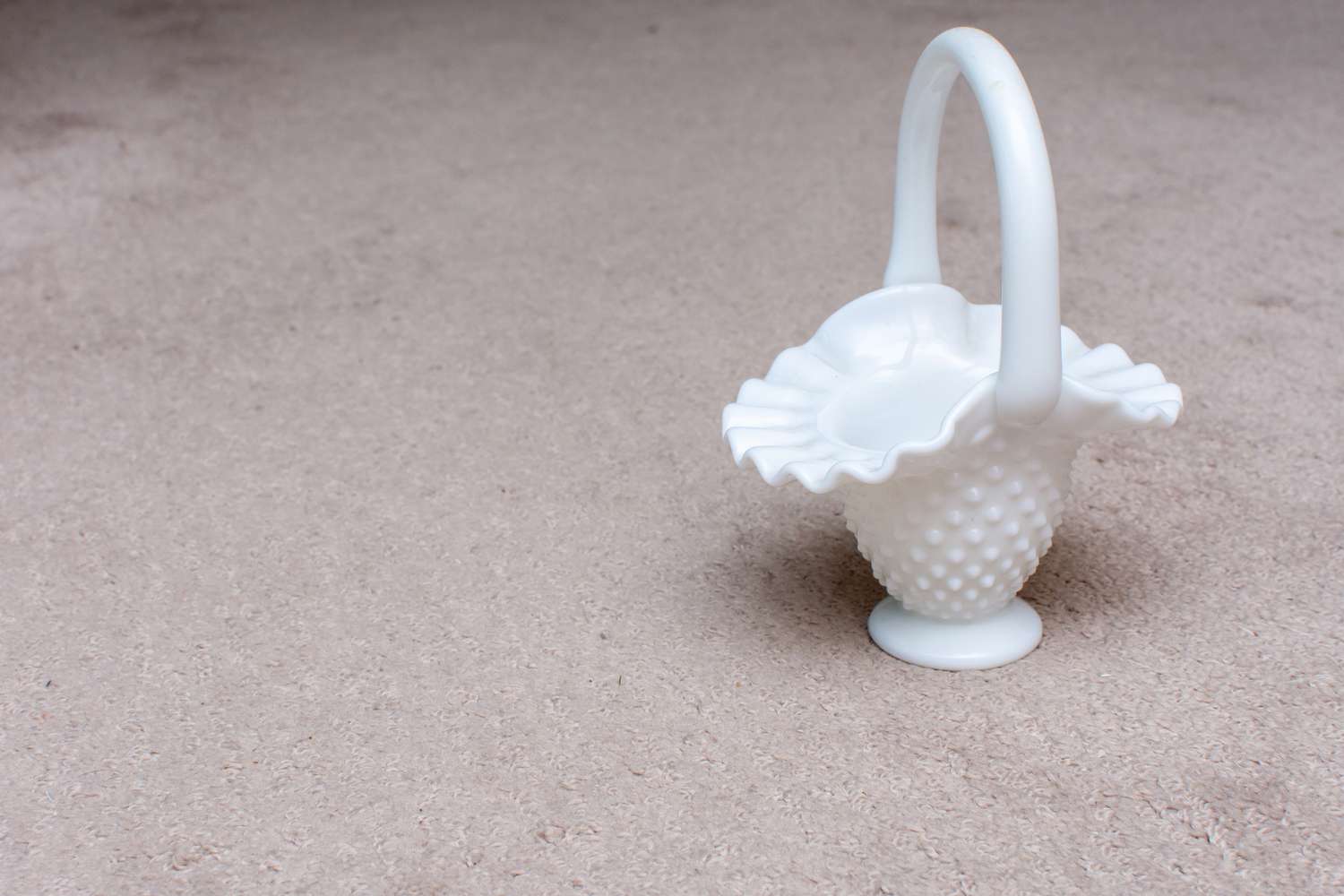
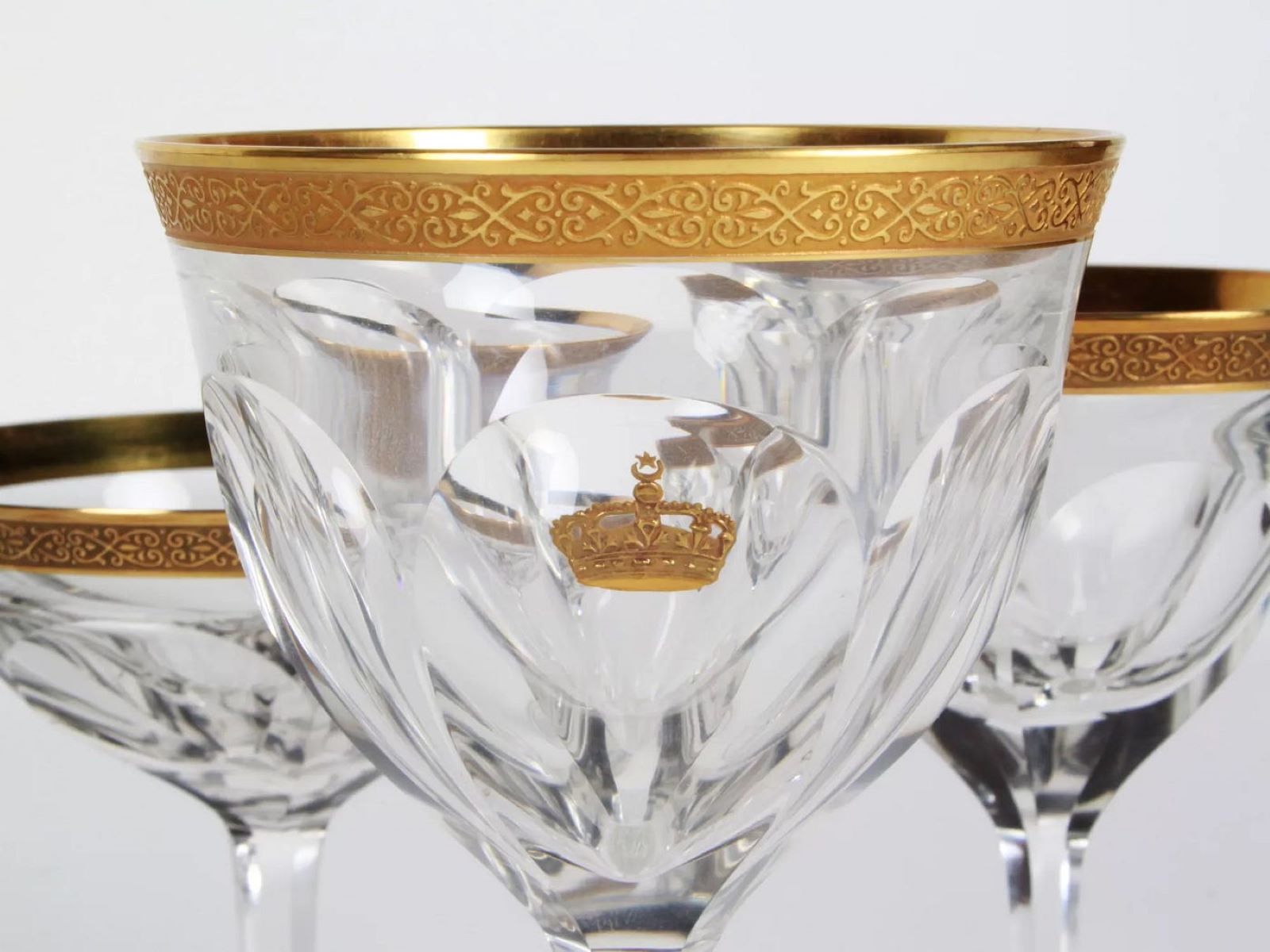
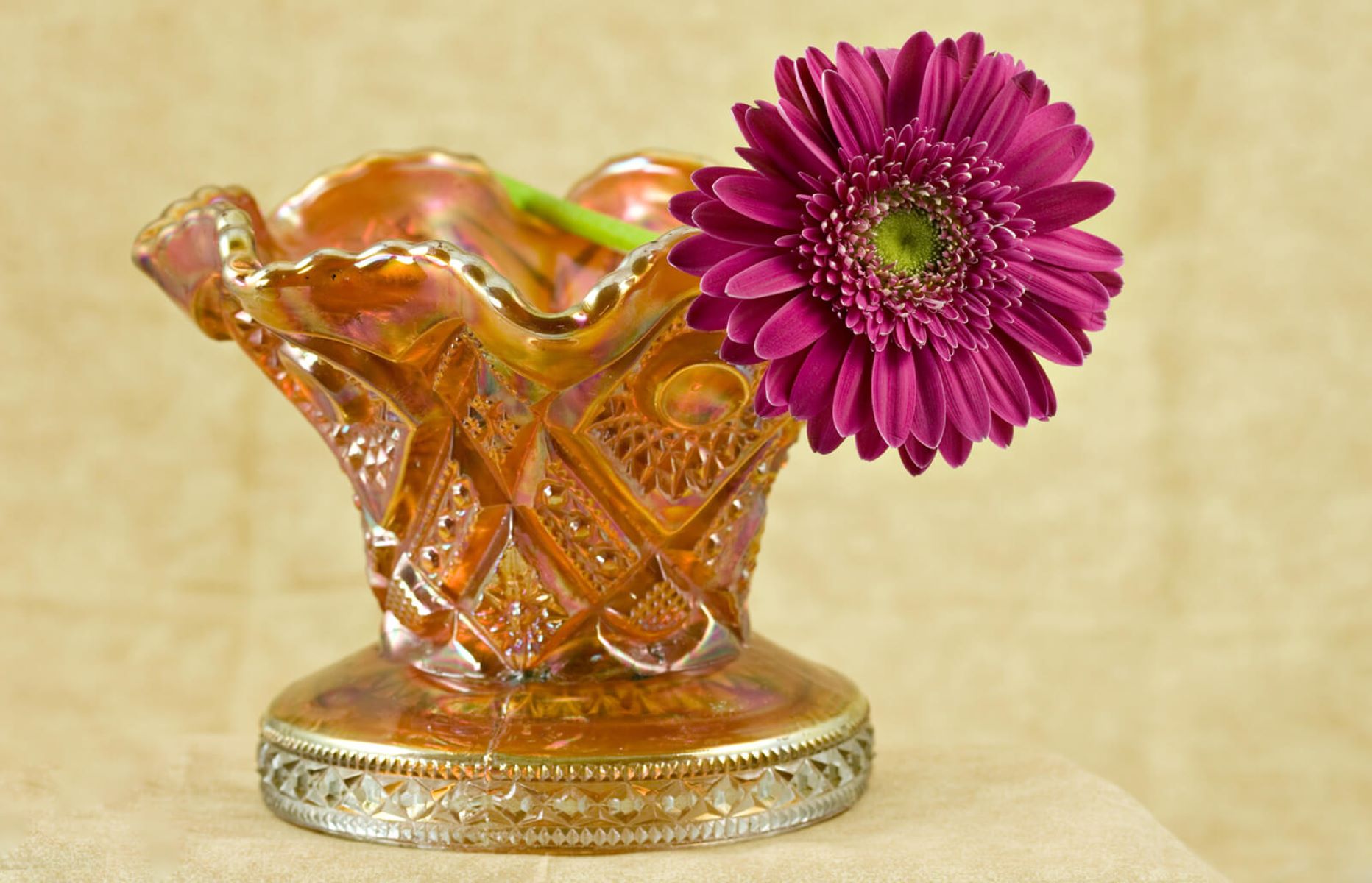
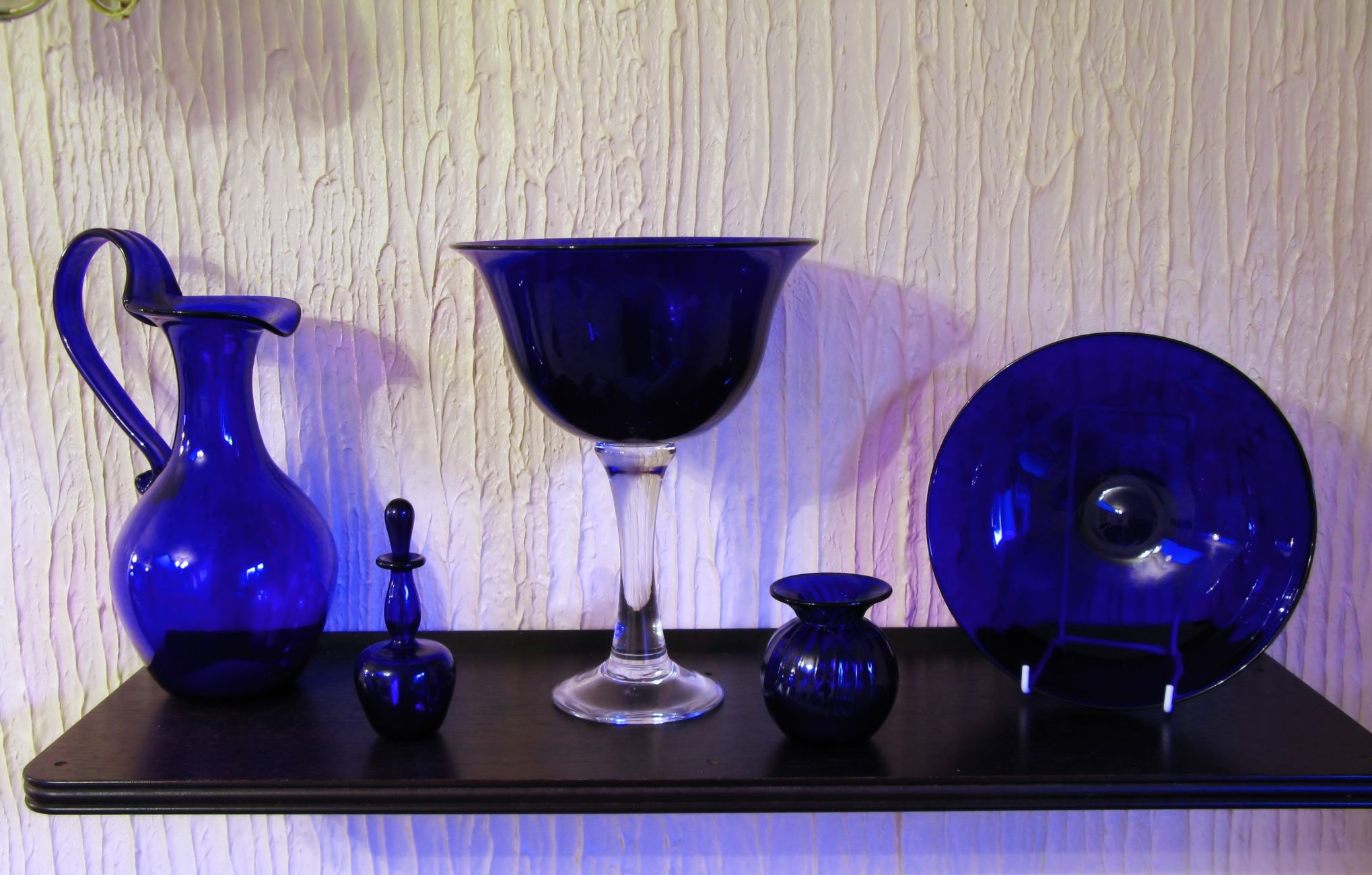
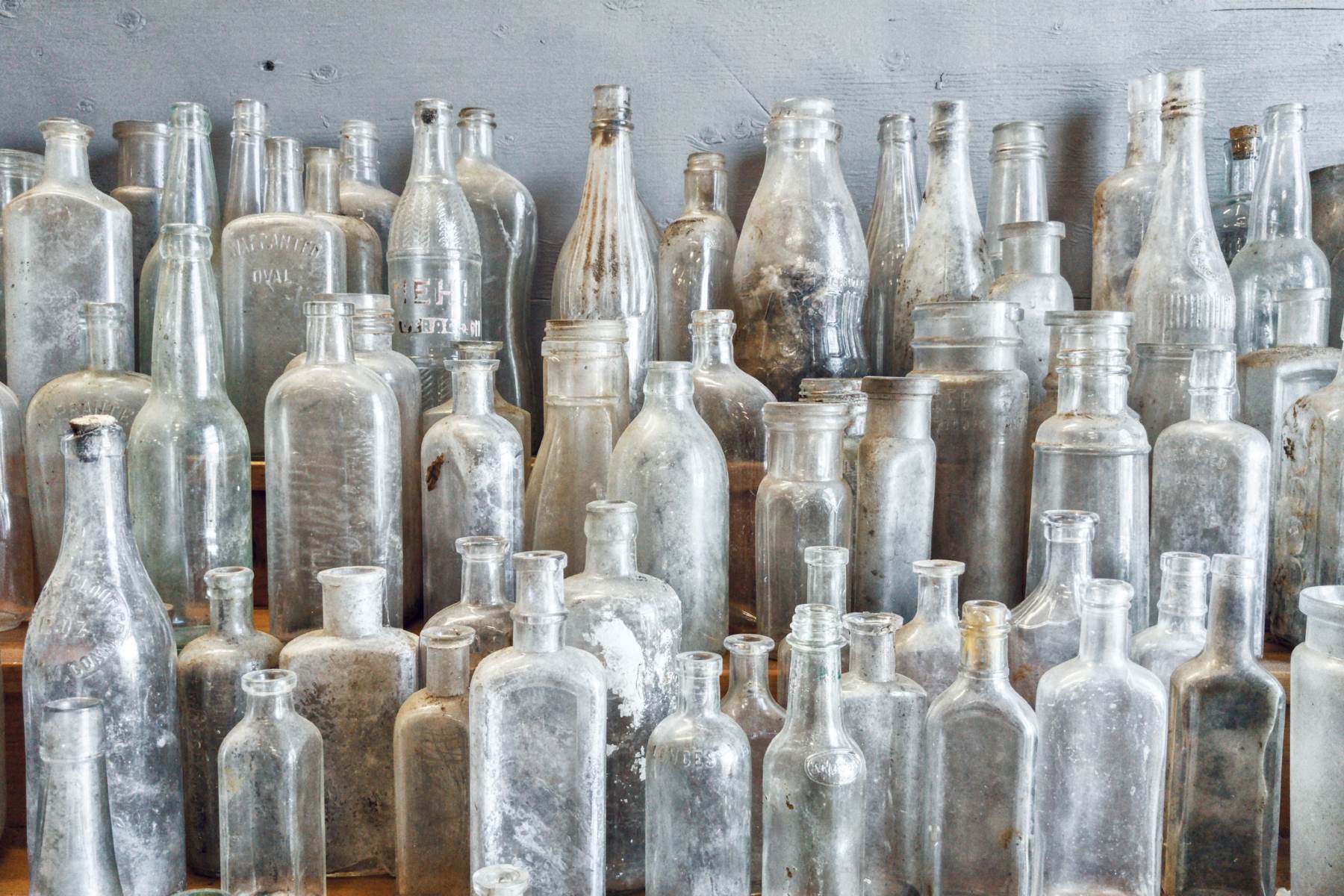
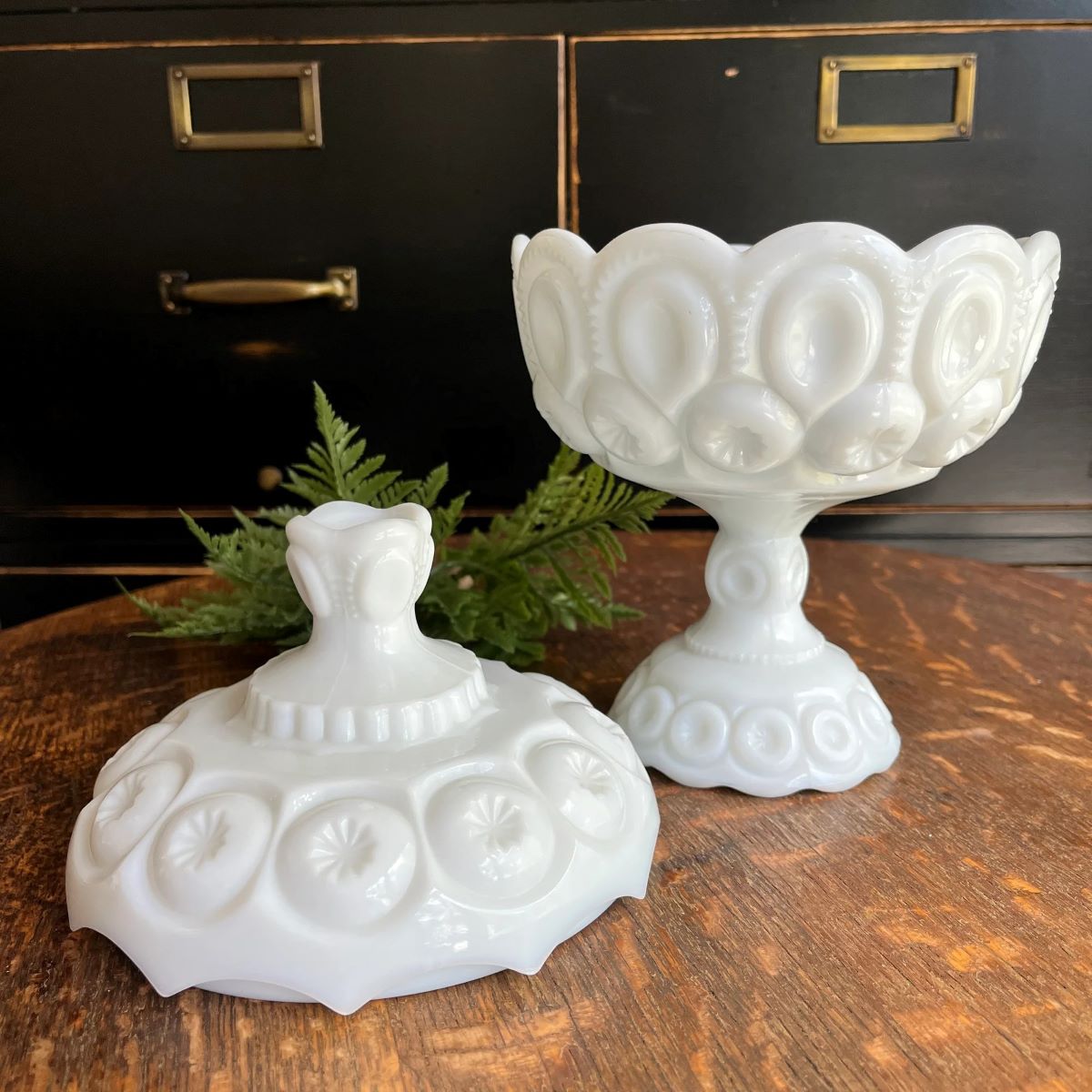

0 thoughts on “How To Identify Carnival Glass”